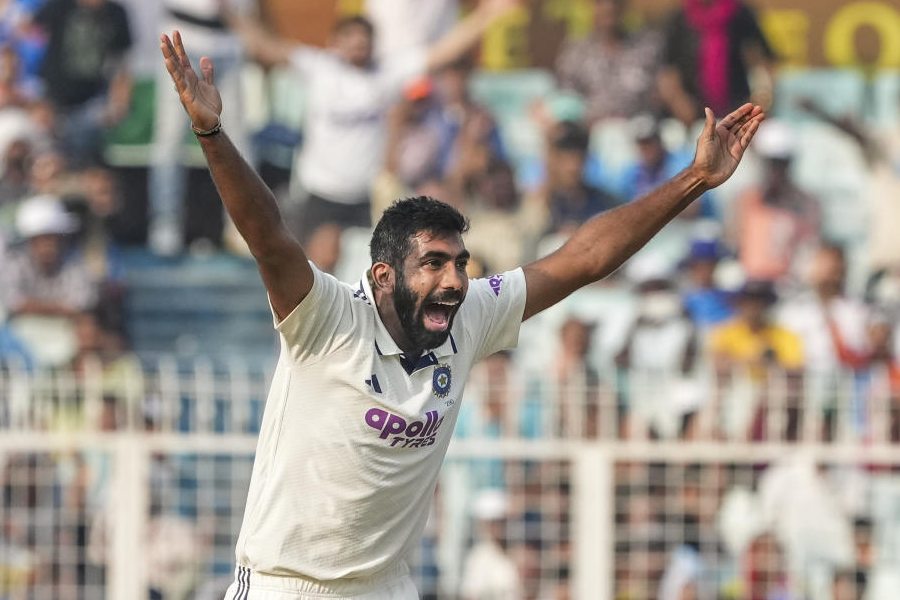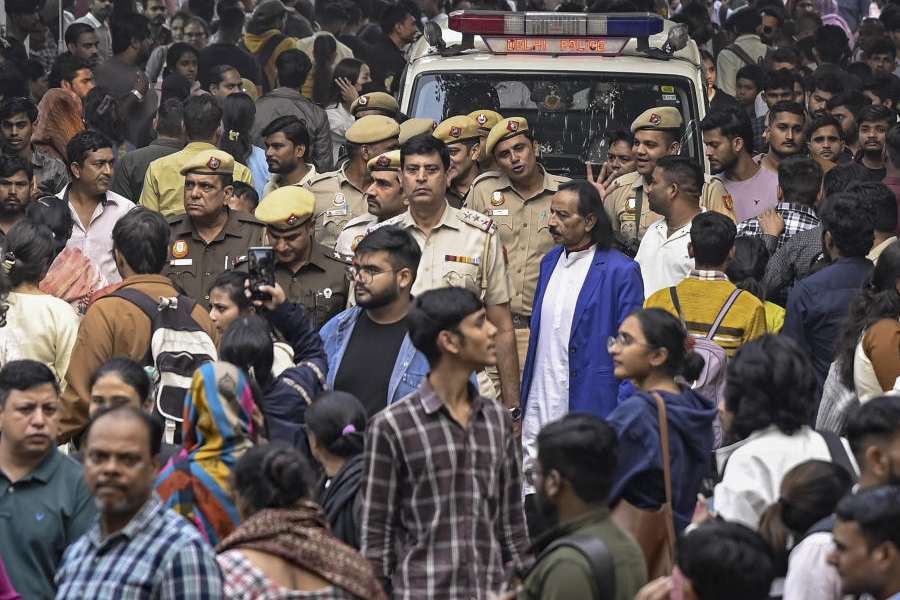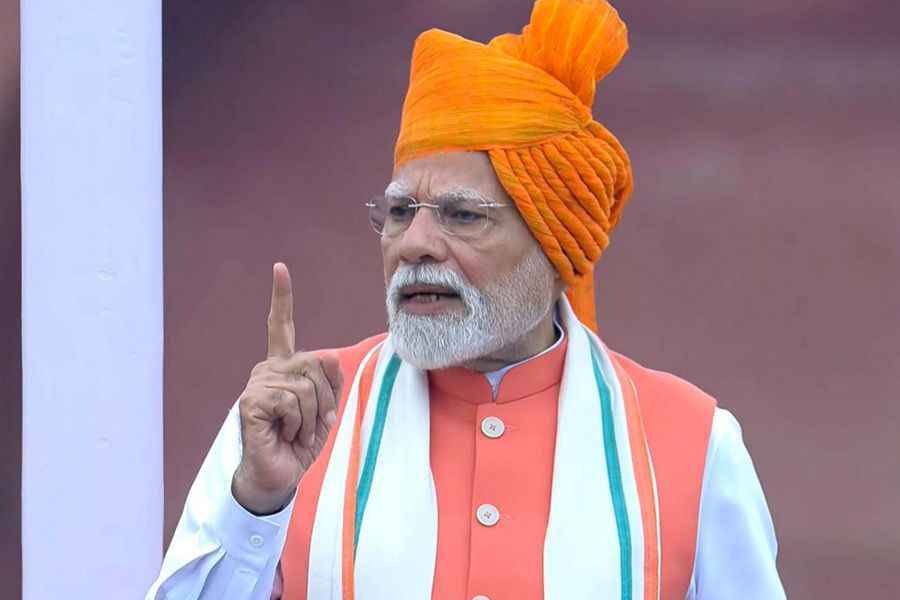Prashant Kishor long seemed to master the art of winning friends and influencing people better than Dale Carnegie himself. But on November 14, 2025, he appeared less the astute political strategist and more like Bengal’s CPM. Loud in social media presence, rich in planning mass movements, but unable to convert it into electoral success.
It could be argued that Kishor was the strategist who helped propel Narendra Modi to the Prime Minister’s chair. He later joined forces with Rahul Gandhi—failing to return the Congress to power, but working on a campaign that sought to sharpen its national message. Rahul has since emerged as a leader who walks long distances, quite literally, to highlight the country’s pressing issues.
He worked with Jagan Mohan Reddy, who was already battling corruption charges, yet Jagan marched to a landslide. Then came Mamata Banerjee and Abhishek Banerjee, who were burdened by incumbency, corruption allegations, and a rising BJP. They turned to him for rescue. The TMC swept 2021, and today Abhishek Banerjee, once under agency scrutiny, seems more politically acceptable than other TMC leaders.
The man who professionalised long marches, revolutionised political vocabulary, and mainstreamed data-driven campaigning decided in 2024 that he no longer wanted to be the power behind the throne. On October 2, 2024, he launched the Jan Suraaj Party, rejecting offers from national parties.
He implemented his formula. For three years, he walked across Bihar—3,000 km of yatra. He formed his party on Gandhi’s birthday, began his march from Champaran, where Gandhi started Satyagraha, and invoked issues of unemployment and migration. If ground reports were any indicator, he became a fresh face for Bihar’s Gen Z and youth, who were tired of seeing veteran Janata leaders of the 1970s.
Closer to the election, he began doing what he has always done: predicting outcomes. The NDA, he said, was “on its way out”; Nitish Kumar “would not return as Chief Minister”; and the JD(U) “would struggle to win even 25 seats.”
But in his electoral debut, Jan Suraaj, which contested 239 of Bihar’s 243 seats, lost every seat he fought.
On the Election Commission website, the party sits under ‘Others’. That category, including Kishor’s candidates and independents, has 13.8% of the vote, roughly 38 lakh votes.
And this is where Kishor resembled Bengal’s CPM.
The CPI(M) today has a formidable online presence. From Veterans like Biman Bose to youth leaders like Meenakshi Mukherjee and Srijan Bhattacharya have walked thousands of kilometres across Bengal.
The party highlights real issues—unemployment, corruption, development—without communal appeals or populist measures.
Long before Kishor turned political communication into an industry, the CPM had excelled at cheeky slogans, booth-level data sorting, and campaign narratives.
And who can forget how the Left perfected the art of rigging (what Mamata once called “scientific”) years before Kishor accused the BJP of conspiring to manipulate voter lists through special intensive revision and spoke of vote theft.
Yet the CPM today, despite its digital influence and mass movements, remains stuck at zero. And Kishor, after three years of walking and one year of building a party, lies in tatters.
Even in Bihar, irony delivered the final twist: the CPM won a seat.










